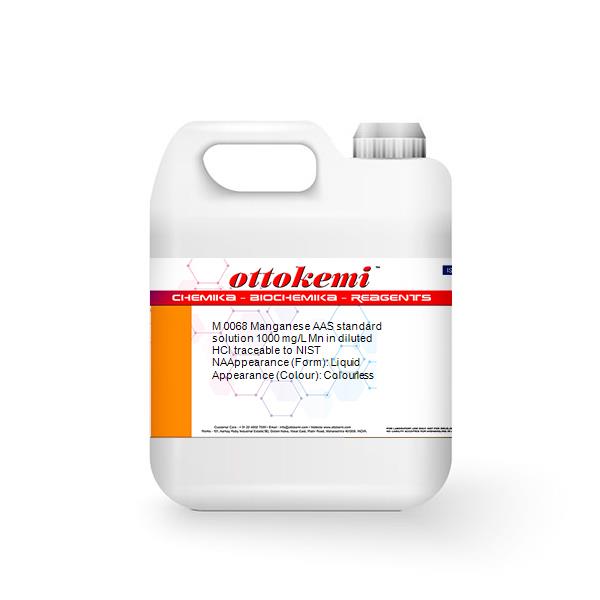


The NIST Chemistry WebBook (see link below) is an online resource that contains standard enthalpy of formation for various compounds along with the standard absolute entropy for these compounds from which the standard Gibbs free energy of formation can be calculated. The isotopic effect was observed in a spectrum of both HCl and DCl with DCl at a lower wavenumber than HCl. Far more extensive tables can be found in the CRC Handbook of Chemistry and Physics and the NIST JANAF tables. The table below lists the standard Gibbs function of formation for several elements and chemical compounds and is taken from Lange's Handbook of Chemistry. The standard Gibbs free energy of formation ( G f°) of a compound is the change of Gibbs free energy that accompanies the formation of 1 mole of a substance in its standard state from its constituent elements in their standard states (the most stable form of the element at 1 bar of pressure and the specified temperature, usually 298.15 K or 25 ☌). Please help improve this article by introducing citations to additional sources.įind sources: "Standard Gibbs free energy of formation" – news Answer: Using NIST WebBook, find the liquid internal energy, in kJ kg of Decafluorobutane when held at a pressure of 500 kPa. The National Institute of Standards and Technology (NIST)uses its best efforts to deliver a high quality copy of theDatabase and to verify that the data contained therein havebeen selected on the basis of sound scientific judgment. (2000) for CO, O2, NO, OH, HF, HCl, HBr, HI, ClO, N2, and NO+, over the. Data from NIST Standard Reference Database 69:NIST Chemistry WebBook. Provide your answer with two decimal positions and no units. PdH, ClF, AuSi, CuSe were missing in the NIST Webbook and not deemed important. Relevant discussion may be found on the talk page. Using NIST WebBook, find the saturation temperature, in C, of Decafluorobutane when held at a pressure of 500 kPa.

(O)CH3 CH 3 CHCHC (O)CH 3 (unspecified) + HCl Rate expression: k (T) A. The purpose of the library is to provide peptide reference data for laboratories employing mass spectrometry-based proteomics methods for protein analysis. This article relies largely or entirely on a single source. Data from NIST Standard Reference Database 69: NIST Chemistry WebBook A. NIST is developing a peptide mass spectral library as an extension of the NIST/EPA/NIH Mass Spectral Library.


 0 kommentar(er)
0 kommentar(er)
